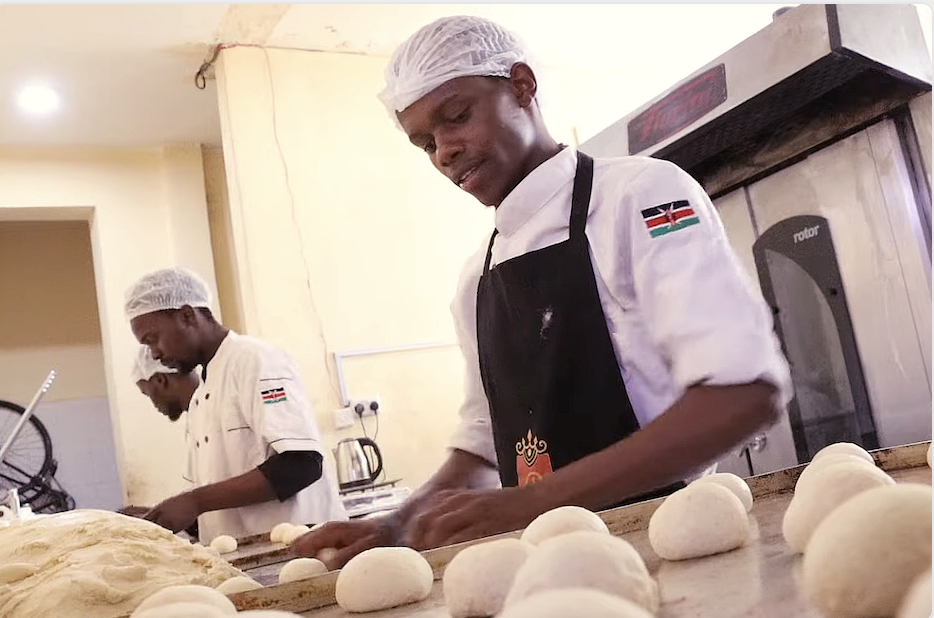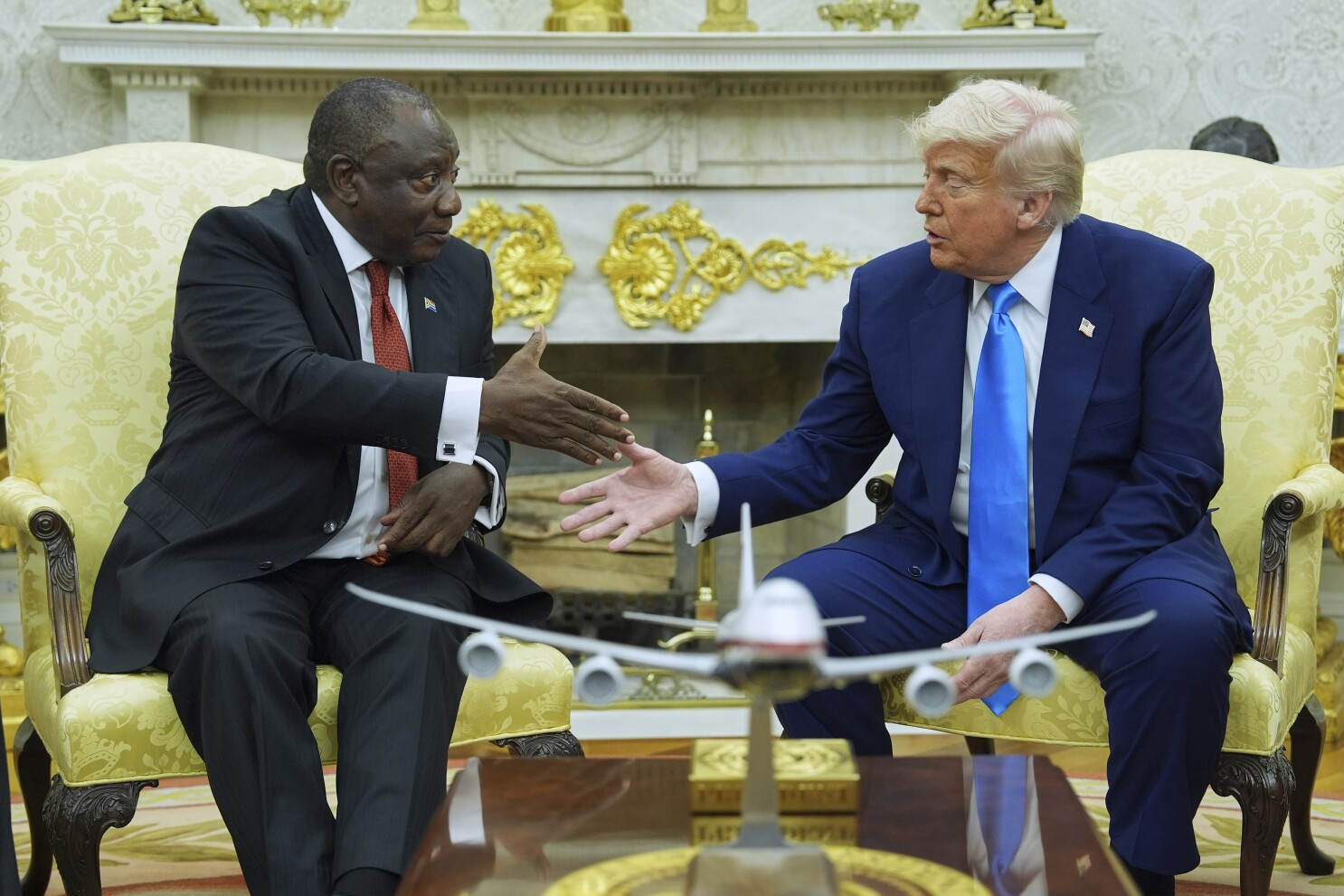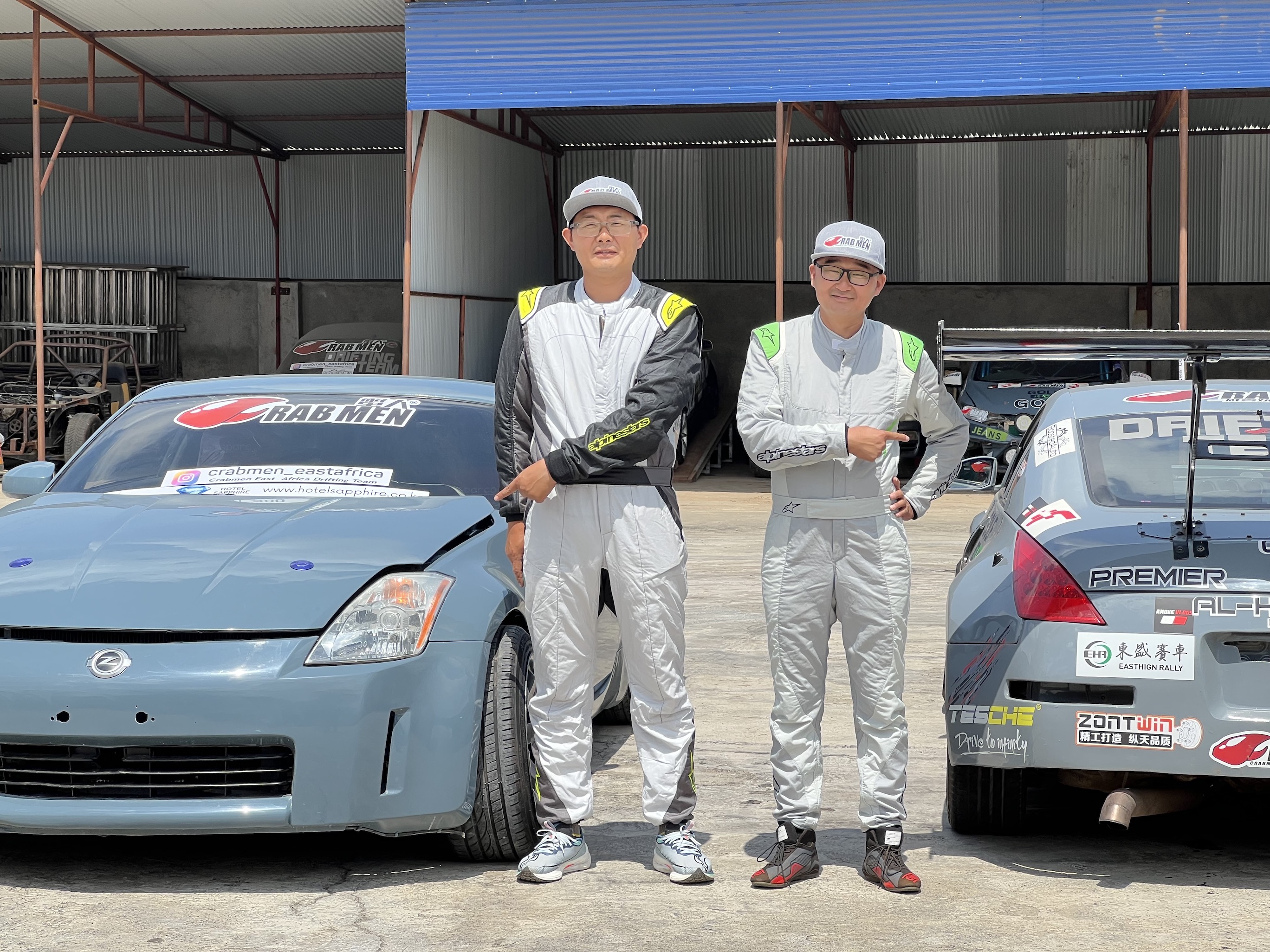
Reporter’s Diary: The Chinese drifter driving Kenya’s motorsport dreams
On the edge of the quiet town of Mogotio, in the heart of Kenya’s Baringo County, the sound of screeching tires occasionally breaks the silence from an enclosed compound. Inside the compound, I met a man who has dedicated his life to perfecting that sound and teaching others to master it too.
Jin Lu is a Chinese national with an impressive background in motorsport. He started what is arguably Kenya’s first drifting school: Crabmen East Africa Drift School. Lu is a former mechanic turned professional drifter and a technician at heart. His knowledge of cars is as extensive as it is deep, and it becomes apparent within minutes of speaking with him.
Lu and his staff gave us a warm welcome and showed us around the compound. As we went round, I realized I had never before seen such a collection of souped-up racing cars up close—eight in total. And the best part, Lu told us, is that he and his team built them into what they are today.
“You know, in China, I have a drifting school. I know how to build cars,” Lu told us. “I went to the Kenya Motorsport (Federation) office and we had a meeting. We knew it was not possible to import the cars because the cars were old. According to the rules, if you import a car, after some days, you must return it. You know, that was very expensive.”
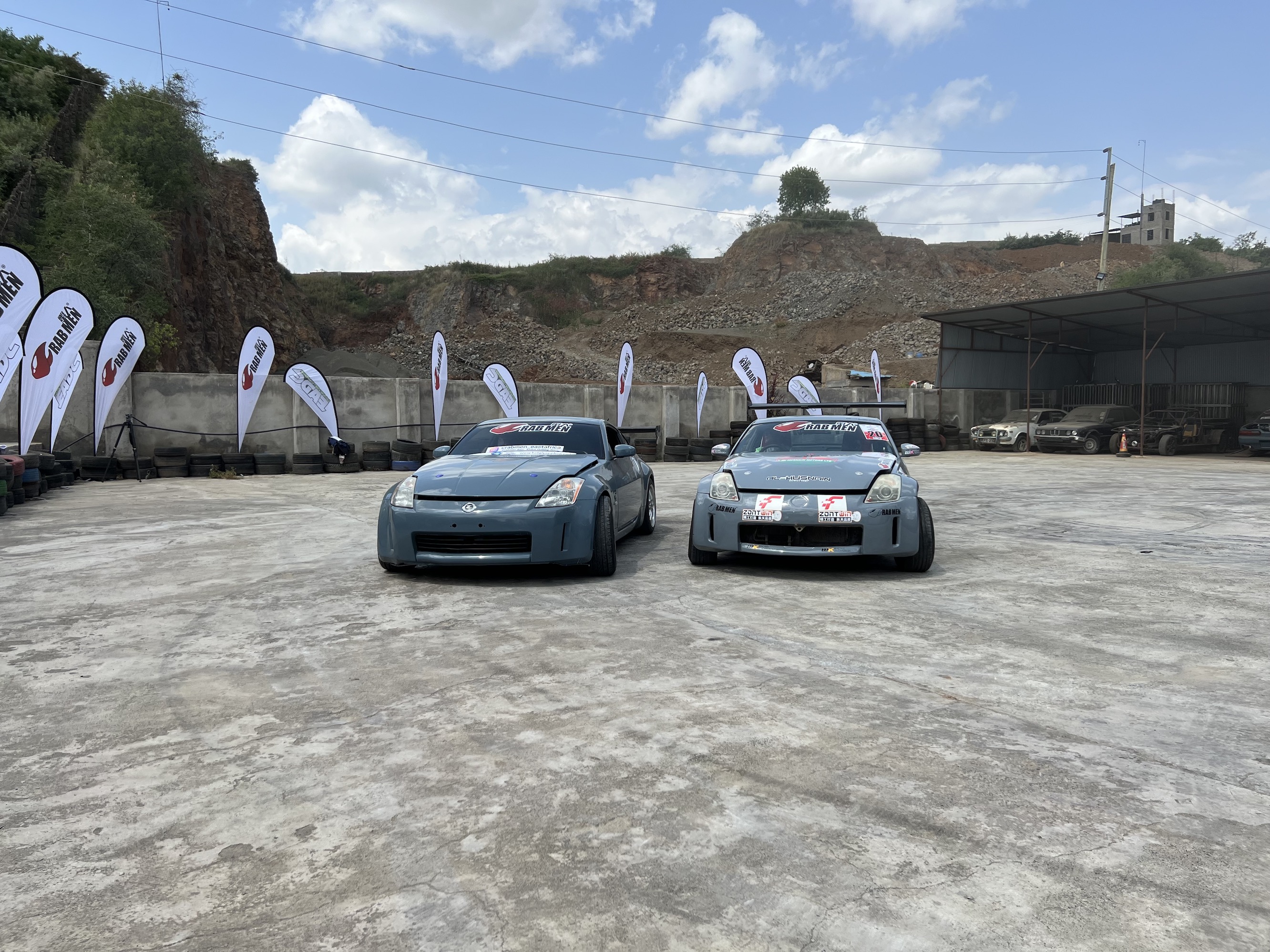
One can only listen and marvel as he explained what it took to assemble a drift-compatible car, which cars are best for drifting, or the different methods of drifting. For anyone curious, he explained to me six ways of drifting and, for good measure, highlighted the most common one. Lu’s insights are shared with a lot of energy and enthusiasm, and a quiet confidence and precision that reflects a deep passion and years of hands-on experience.
Lu offered me a chance to get in the car and experience what it felt like to be in a car while drifting. Inside the vehicle, Lu transformed into a different person when he stepped into the driver’s seat. He was a picture of composure and laser-like focus. He blocked out everything, and the surroundings went quiet, except for the roar of the engine and the controlled chaos of rubber meeting tarmac. As I braced for a ride as frightening as one on a steep rollercoaster, Lu noticed my anxiety.
“Don’t worry. You will see, it is completely safe,” he said with a warm smile.
It was a less terrifying and more mesmerizing experience. A smooth and continuous series of slides, tight turns, and elegant spins. Lu made it look effortless, controlling the car with such surgical precision. Lu was also gracious enough to allow each of my colleagues to also get in the passenger’s seat and get a taste of what it felt like to be in the flow of drifting.
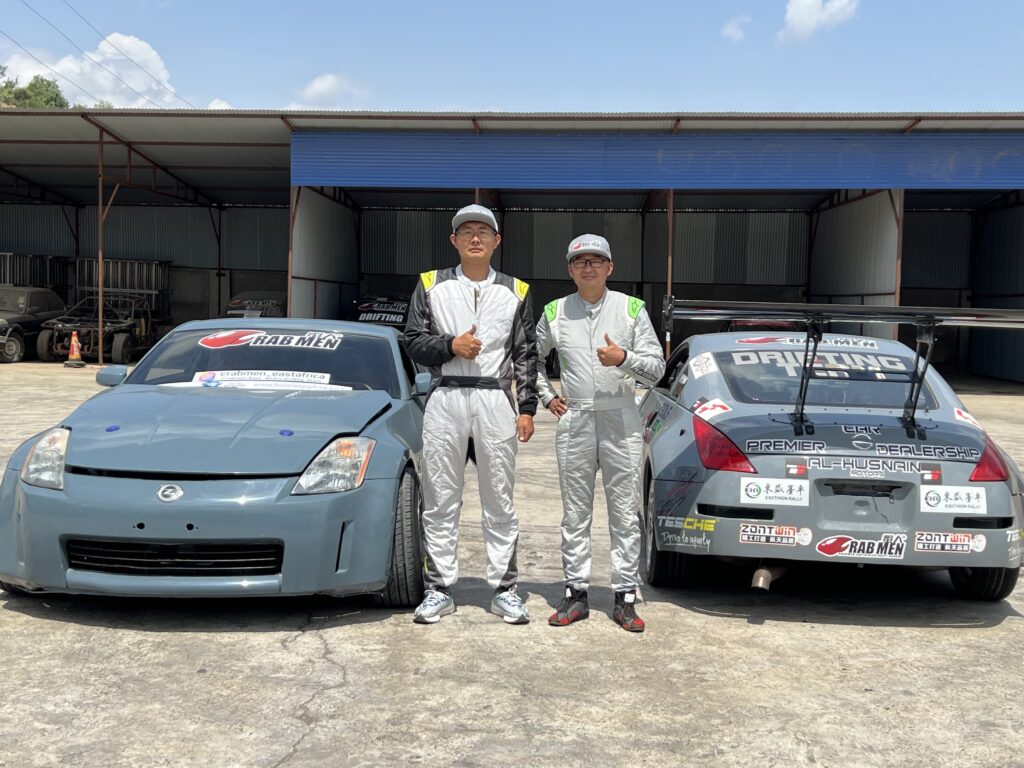
Those experiences left me and my colleagues in no doubt that Lu is an excellent driver and drifter. But what also stood out, probably even more than his skill behind the wheel, was his warmth and cheerfulness. His personality has fostered a camaraderie that runs deep through his team.
His support staff, most of them young locals, speak of him with genuine admiration. Not just because of what he has built and is capable of, but how he treats them. During lunch, we sat in a dining area adjacent to the kitchen and shared a simple meal. Lu, with a plate in hand, chatted cheerfully with all of us as he spoke about his life and experiences.
As we continued to chat through our interview on and off camera, Lu remained hopeful that the drifting school would find its footing despite periods of inactivity. He dreams of seeing the sport grow—not just in Kenya, but across East, Central, and Southern Africa.
Overall, it was an enlightening and vibrant day, and I can confidently say that I learnt a lot on that day, especially that we should never give up on our dreams, and one should strive to live in harmony with others.
As we left Mogotio, Lu waved us off with a chuckle and one last bit of advice for our driver: “Don’t try that with the Prado!”




